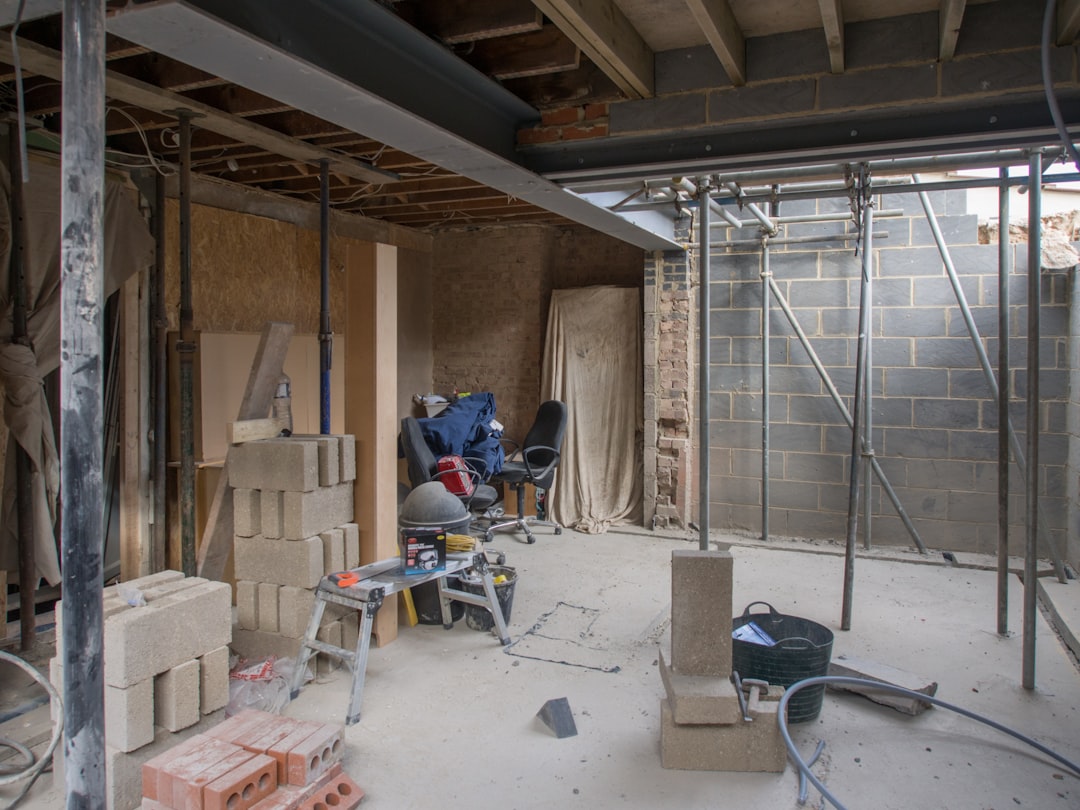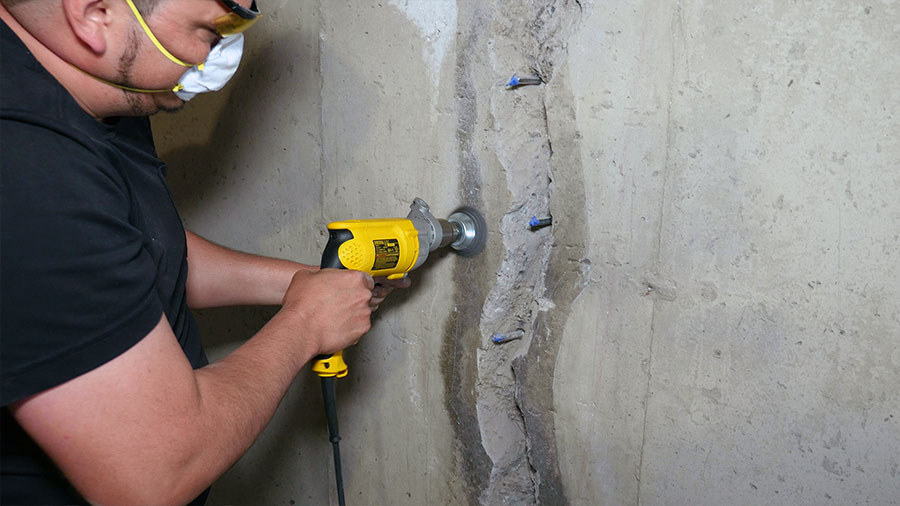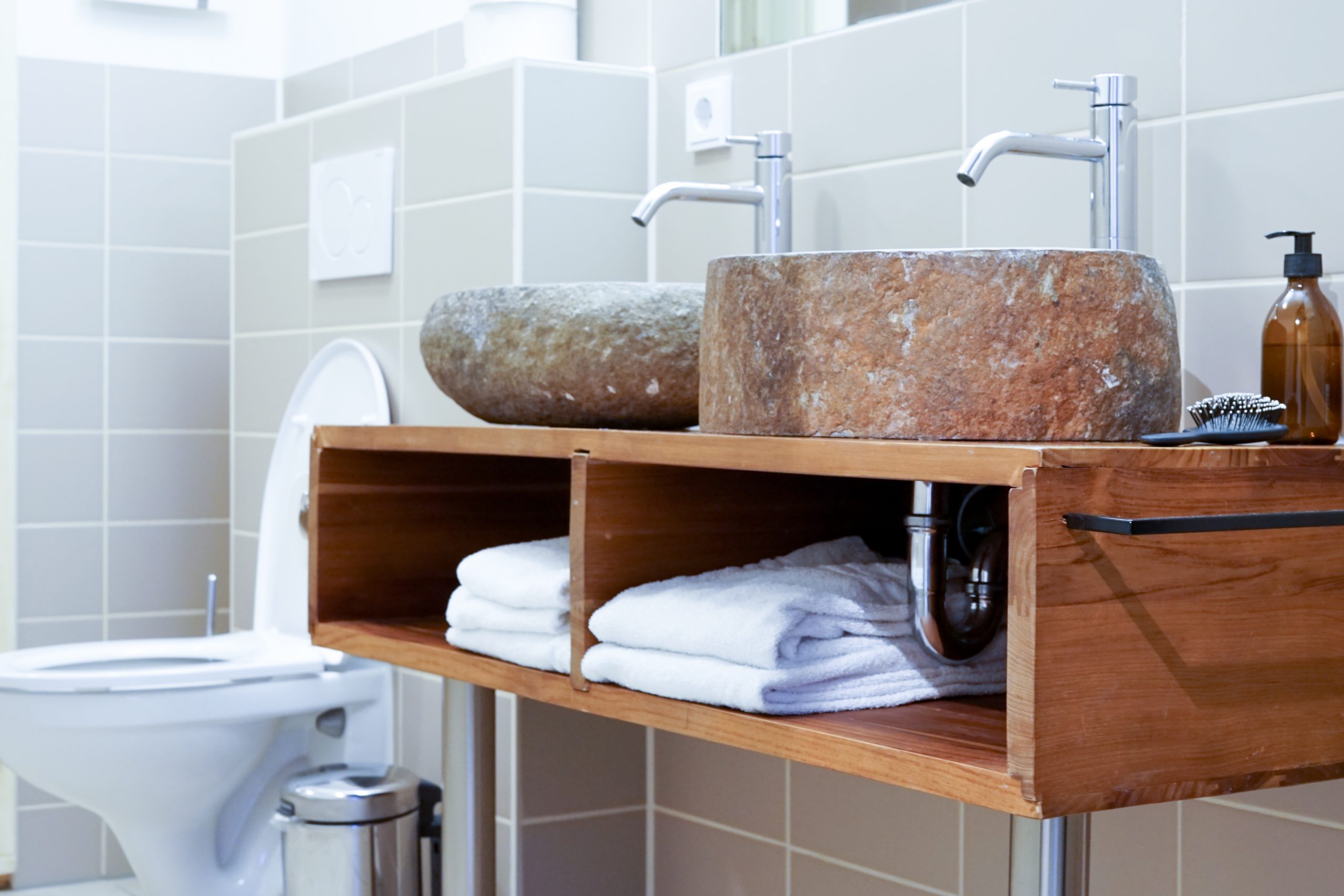Basement bathrooms can be a great way to add extra living space to your home. They can also be a great way to add value to your home. While installing a basement bathroom can seem like a daunting task, with a little preparation, it can be a relatively easy project. You’ll want to ensure that your basement is waterproof and that it can handle housing a bathroom. Aside from this, there are a few things that you should consider. Let’s take a look at some things that you should know before you install a bathroom in your basement.
Determine the feasibility of a bathroom in your basement.

If you are thinking about installing a bathroom in your basement, you will first want to determine the feasibility of doing so. There are a few things you will need to take into consideration, such as the availability of space, the layout of your basement, and the cost of installation.
If you have enough space in your basement, the layout of your plumbing, and the necessary permits, then installing a bathroom in your basement may be a good option for you. However, if your basement is small or doesn’t have enough space for a bathroom, then this may not be the best option.
The cost of installing a bathroom in your basement can vary depending on the size of the bathroom, the type of plumbing involved, and the materials used. However, it is generally more expensive to install a bathroom in your basement than it is to install one on the main level of your home. Be sure to create a good renovation budget to know exactly how much you can afford to spend. Be sure to consult with a professional to get accurate estimates and advice on what is involved.
Choose the right materials for your basement bathroom.
When selecting materials for your basement bathroom, be sure to choose water-resistant and durable products. For example, ceramic tile is a good choice for flooring, while a fiberglass shower stall is ideal for a bathroom in a basement. Consider the space and then environment when selecting your building materials and the finishes. There are many options for toilets and sinks and other things, so be sure to consult with a contractor for advice.
When looking at bidets for sale, for example, you want to ensure that you select the right size and application for the bathroom. You’ll also want to select an item that will go with the other finishes in the room. Planning ahead for things like sinks, toilets, bidets, showers, and other things will help make the process simpler in the long run.
Check on the basement walls and foundation first.

There are a few things you need to take into account before installing a bathroom in your basement. The most important factor is the condition of your basement’s foundation and floor. If your basement is prone to flooding or has water seepage issues, it’s best to address those problems before installing a bathroom. Otherwise, you could end up with a wet, moldy basement and expensive repair bills. Depending on where you live, you can search for ” basement and foundation repair in Stow, OH,” for example, to find a qualified contractor in your area to help with repairs.
Know the codes in your area.
In general, a bathroom in your basement must comply with the same code requirements as a bathroom on any other level of your home. However, there may be some specific requirements governing basement bathrooms in your area. You’ll want to be sure to check with your local building department before starting your project. If you are working with a professional contractor, they will also be aware of any restrictions.
Given the complexity of some plumbing and electrical issues you may encounter, it is strongly encouraged that you work with a contractor to install a bathroom in your basement. With some consideration, you can have a new basement bathroom in no time.

